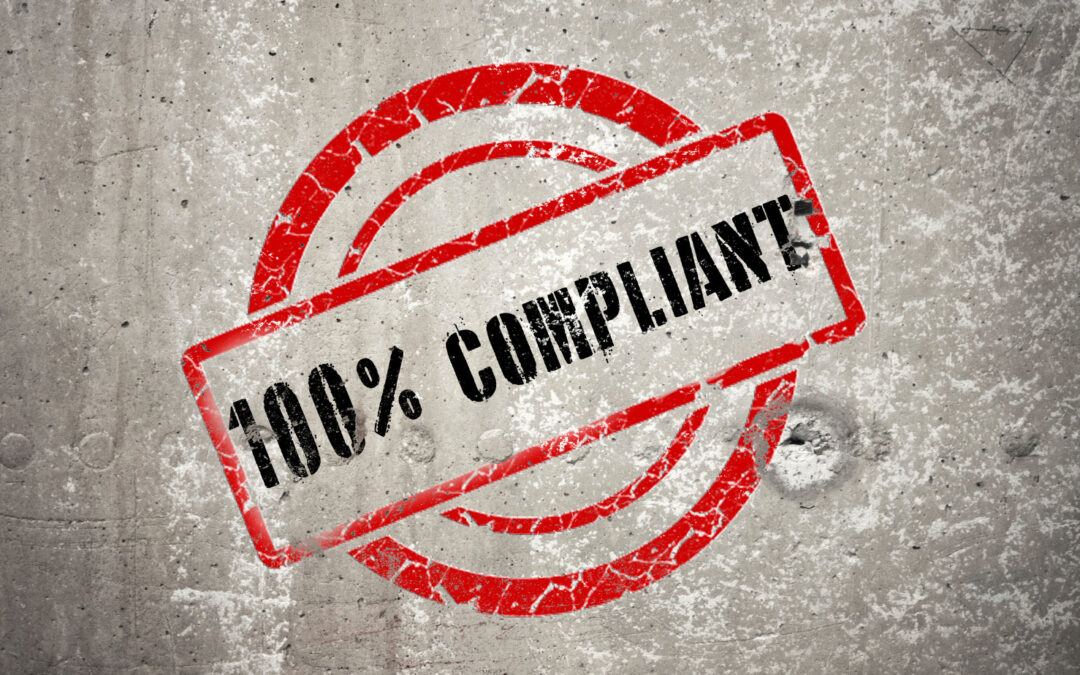DCAA compliance is an essential requirement for all government contractors. However, for those new to government contracting, navigating DCAA compliance, particularly in accounting methods, can be quite challenging. Proper accounting is already a complex task for any business, but ensuring compliance with DCAA standards adds an extra layer of complexity. Here are seven key elements that constitute a DCAA-compliant accounting system:
1.) Separating Direct and Indirect Costs: Government contractors must meticulously distinguish between direct and indirect costs for each project. Direct costs are expenses that directly contribute to a specific project (e.g., materials purchased exclusively for that project, hours worked solely on the project). On the other hand, indirect costs are incurred to run the business as a whole (e.g., rent, vehicle upkeep, administrative staff hours). These costs must be tracked separately and in significant detail.
2.) Tracking Costs by Contract, Project, Task, and Objective: An adequate job costing system integrated with the accounting system is essential. Costs must be accumulated by cost element (labor, direct materials, consultants) and by project. Each direct cost transaction must be assigned a job or project number, and a job cost ledger must be maintained for each project. Reporting should show direct costs categorized by cost element, contract, job, and/or contract.
3.) Maintaining Your Timekeeping System: Because detailed cost tracking is crucial, accurate timekeeping is vital. Timesheets, whether physical or digital, must record hours accrued per day and per project number. The timekeeping system should align with DCAA preferences, including recording all hours worked daily, ensuring identity and timesheet control, requiring employee signatures, and mandating supervisor approval.
4.) Accounting for Unallowable Costs: Understanding the requirements for unallowable costs outlined in FAR 31.201-6 is critical. Separate unallowable cost accounts should be maintained in the accounting system, typically by separate unallowable cost pools.
5.) Recording and Accumulating Costs Monthly: Government contractors must accumulate costs in their books of account at least once a month. Failure to do so may disqualify contractors from government contract work. QuickBooks standard reports might not meet this requirement without significant modifications.
6.) Tracking Costs by Contract Line Item: Contract line items (CLINs) represent tasks or segments within a contract and must be tracked as separate projects. Direct costs should be charged to specific line items, and indirect costs should be allocated accordingly.
7.) Providing Historical Accounting Data: Meeting DCAA’s historical cost data reliability requirement for follow-on procurements necessitates adhering to all the aforementioned standards and other DCAA compliance requirements not covered in this article.
It’s essential to emphasize that DCAA-compliant accounting is highly intricate, requiring records that are far more detailed than those of typical businesses. This article doesn’t encompass all of the DCAA’s requirements due to their sheer number and complexity. Therefore, government contractors must seek professional guidance and support to ensure their accounting systems align with DCAA standards and maintain compliance throughout their contracting endeavors.

